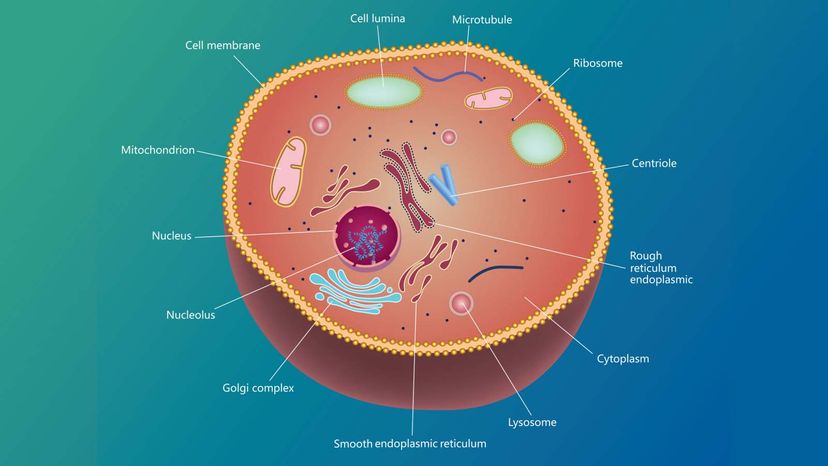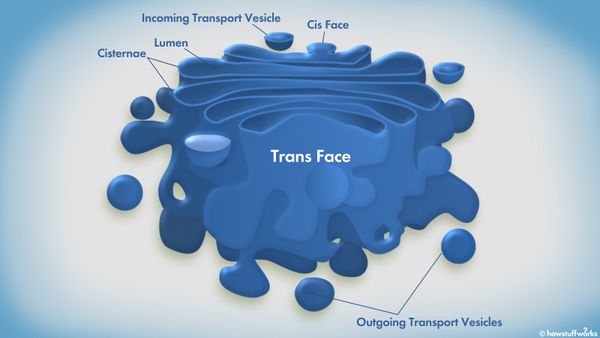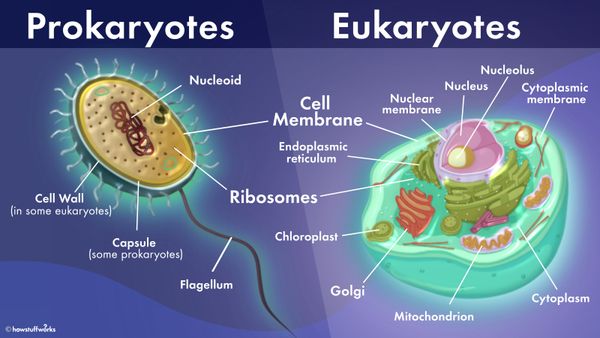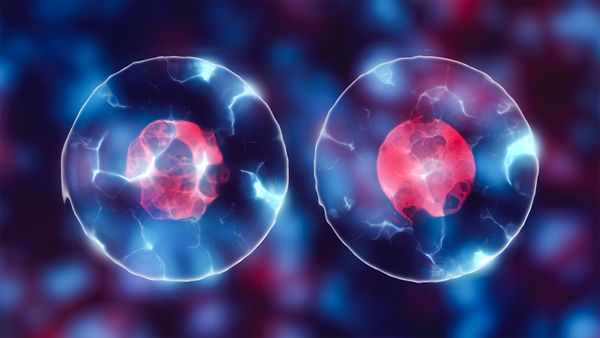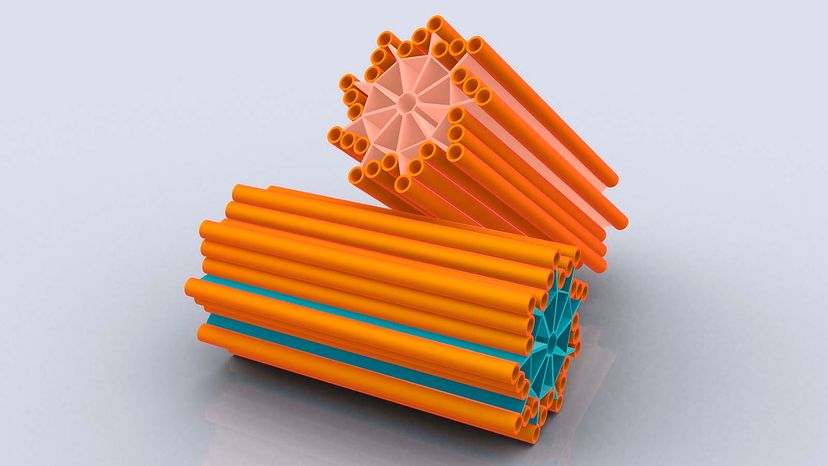
Cells are full of organelles — busy little structures that carry out specific jobs within the cell. Some organelles are similar in all multi-celled organisms, but one cell structure, centrioles, are found almost exclusively in animal cells [source: National Library of Medicine].
Present in a range of human cells including the early embryo and the sperm cell, these little cylindrical structures resemble a piece of Twizzler licorice candy, and are composed of a hollow tube made up of smaller tubes (centrioles are made up of a protein called tubulin). Centrioles come in handy when a cell duplicates itself through the process of mitosis.
Advertisement
A cell's centrioles are housed in the centrosome, which is basically a mass of proteins where the centrioles hang out, but which has its own role in cell division as well. All animal cells have two centrioles — a mother centriole and a daughter centriole — which are positioned at right angles to each other.
